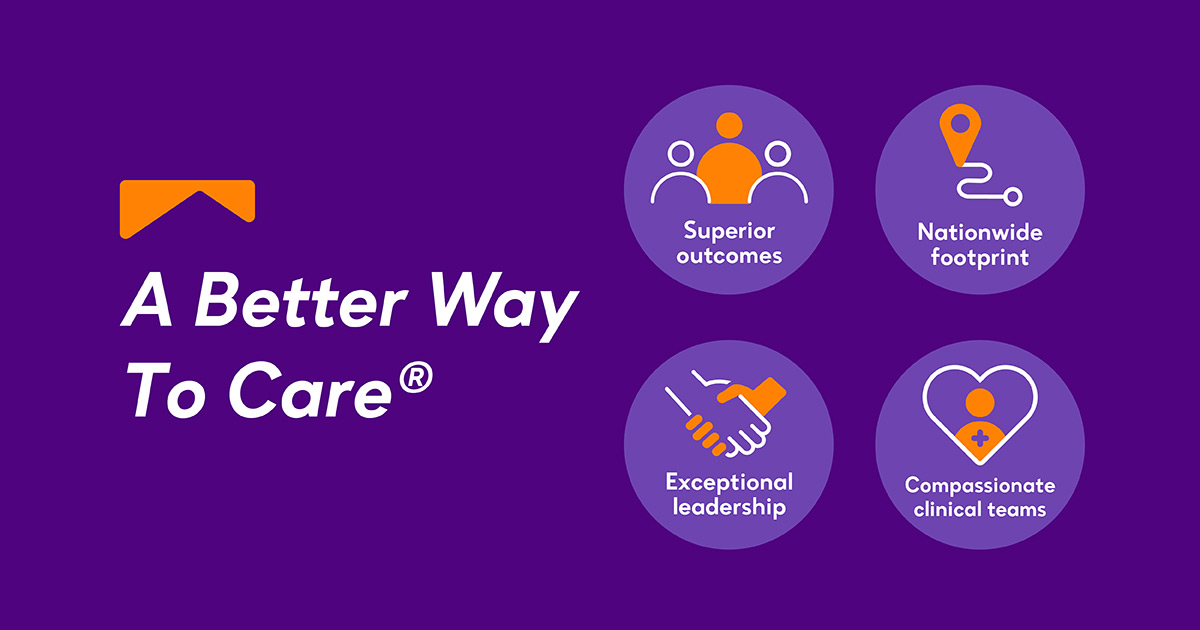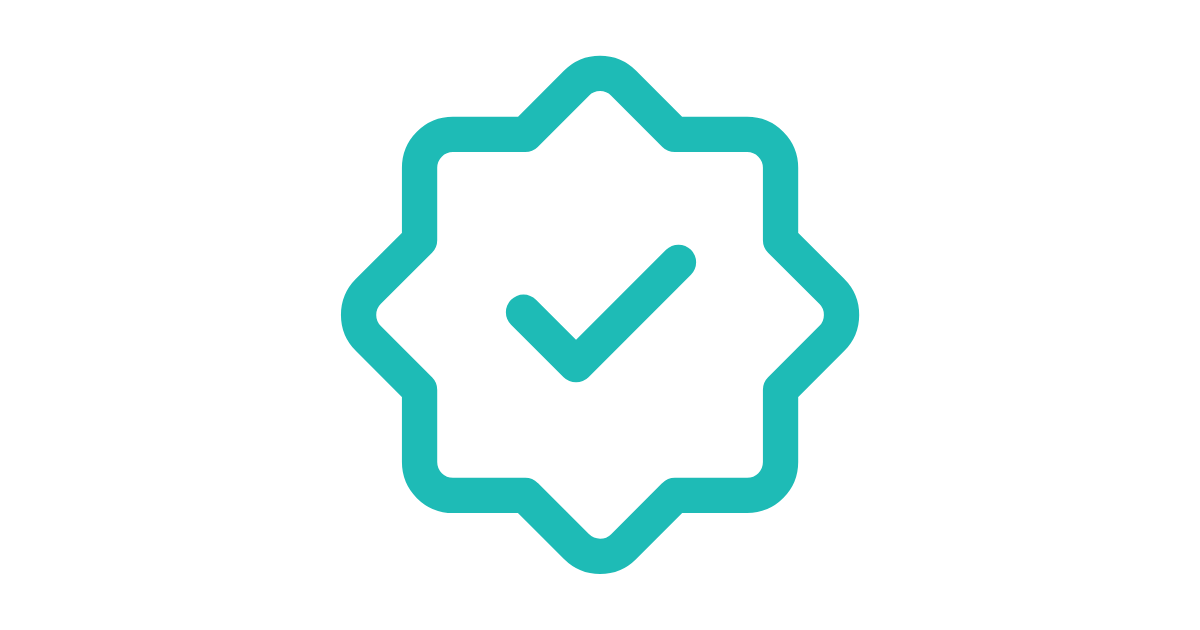Today, recruitment and retention are both significant challenges in the home health care industry.
As of 2020, the turnover rate for all home health employees hit 22.18%, according to the Home Care Salary & Benefits Report. The COVID-19 pandemic caused the industry to face even more challenges regarding recruitment and retention. As the demand for home health spread in conjunction with COVID-19, the nursing and home health industry saw a decline in potential nursing applicants.
As health care systems are beginning to recuperate after the pandemic, home health care companies are reexamining their recruitment and retention strategies with a renewed focus on their people.
This renewed focus centers around how companies can improve workplace environments, experience and culture. That way, employees will want to grow their careers.
One of the ways companies are tackling this new focus is by implementing the role of a chief people officer or chief human resources officer.
What is a chief human resources officer?
The role of a chief human resource officer is a pivotal asset to any organization. It is the leadership and attitude of the chief human resources officer that sets the tone for an organization’s employee experience.
Traditionally, transactional functions of compliance, hiring, compensation and benefits make up the role of a chief human resources officer. Today, it has transformed into the most important role for recruitment and retention across multiple industries.
Many chief human resources officers, like Tanya Marion at Enhabit Home Health & Hospice, are approaching employment challenges with a people-first attitude.

Since joining Enhabit in January 2022, Marion has taken on her new role with a strategic approach. As Enhabit’s first ever chief human resources officer, increasing employee engagement and retention is Marion’s main focus. To do this, she is working to cultivate a first-rate employee experience in the workplace.
Recruitment and retention in the home health care industry: Why is it a challenge?
The U.S. population is aging rapidly. U.S. Census Bureau projections predict that by 2030, the number of adults over the age of 65 will surpass the number of children in the U.S. And as the population grows, more and more adults want to age in place, in the comfort of their own homes.
With the demand for home-based care being higher than ever before, many health care professionals are looking to find the best opportunities offered. Their search includes seeking out higher compensation, flexible scheduling and potential for career advancement. But most importantly, they are searching for a place where they feel valued.
For Marion, being the chief human resources officer is about helping to develop and grow an environment where people flourish and feel valued, no matter what their roles or goals are.
“I want every employee to feel that they’ve been set up for success and that they are personally and professionally enriched by being part of Enhabit,” she said.
What unique perspectives does Enhabit bring to the chief of human resources officer role?
Marion’s strategies for cultivating employee experience enable Enhabit to support the needs of health care professionals in search of a fulfilling career.
Marion has been in the health care industry and managing human resources for over two decades. With a passion for helping others and solving problems, Marion knew early in her career journey that human resources was a field she would enjoy.
“Many of the leaders around me had more confidence in my abilities than I did,” Marion said. “Fortunately, I decided to trust the leaders who saw my potential and that allowed me to set myself up for success.”
Marion now wants to do the same for others. She says she has the talent for putting the right people in roles that celebrate the natural gifts and talents they have. This ultimately benefits the productivity and flow of the entire team.
“I like to look beyond just finding the right people for each role because I see the big picture,” she said. “I know that in order for people to flourish, I need to strategically create a culture where employees will be supported by leaders who believe in their capabilities.”
Strategically planning the future of recruitment and retention
Setting employees up for success
Marion has three overarching goals that she is looking to achieve as Enhabit’s first chief human resources officer. First, she wants every employee to feel supported, no matter their role.
“Regardless of what professional or personal goals an employee is looking to accomplish when joining our team, I want our people to know that we will always give them the resources and support they need,” Marion said.
Actively listening to all employees
Secondly, she wants to ensure that Enhabit is actively listening to every single employee. This includes transforming the way Enhabit receives employee feedback. Many companies attempt to get feedback from one-time yearly surveys. Marion plans to move away from annual surveys and instead promote an ongoing conversation.
“Our best ideas come from the people closest to the work,” she said. “In order to get those ideas, we have to ensure employee voices are heard. We are in the process of rolling out a new platform that will gather employee feedback on a continuous basis rather than just once a year. It’s important to keep a pulse on what our employees think year-round.”
Fostering an inclusive work environment
Lastly, fostering an inclusive work environment is a top priority for Marion. While most companies have diversity, equity and inclusion initiatives, Enhabit brings another layer to its efforts: belonging. When employees genuinely feel that they belong within an organization, it creates better environments, experiences and outcomes.
Marion is focused on driving Enhabit’s diversity, equity, inclusion and belonging efforts so that all employees feel like they belong and are valued for who they are.
“It’s one thing to acknowledge that everyone is bringing something different to the table, but that’s different than really embracing, celebrating and leveraging those differences,” she said. “Then we can utilize everyone’s differences to make us better,” she said.
Marion believes that by accomplishing these three main goals, Enhabit can better support each other so that all employees can provide the best care to patients.
“Ultimately, we want to foster a culture that puts care first for the entire Enhabit community, including patients, their loved ones and all of our compassionate employees,” she said.
Recruitment and retention will increase with a strong organizational culture
Having a visionary and strategist chief human resources officer will only add to an organization’s success.
When employees can count on their employer to help them thrive, both professionally and personally, they are more likely to keep working for that same organization. And they are inclined to enjoy doing their job and do their job well.
“By retaining highly talented people who love what they do and feel invested in our philosophy of providing A Better Way to Care®, we better serve our patients and their families—which is our ultimate purpose,” Marion said.
To learn more about career opportunities at Enhabit, search our open career opportunities near you or sign up for job alerts by texting “CARE” to 98199.
Social Share
At Enhabit our patients are our number one priority. From providing the latest medical practices to building deep personal connections, we’re focused on upholding every patient’s dignity, humanity and sense of control on their health care journey.
Home health
Our home health services give patients access to the care they deserve in the comfort of their own homes. From disease and injury management to recovery from surgery, our clinicians help patients confidently achieve their healthcare goals.
Hospice care
Our hospice care services place importance on the comfort of every patient living with a terminal illness. Our caring professionals are dedicated to providing not just physical care, but spiritual and emotional support to every patient and their loved ones.





